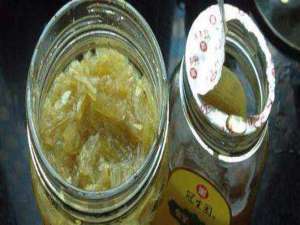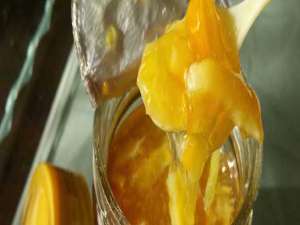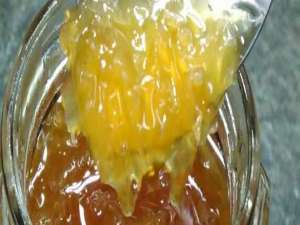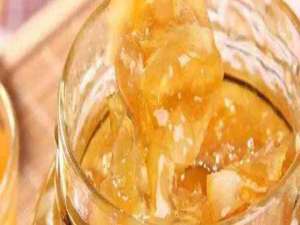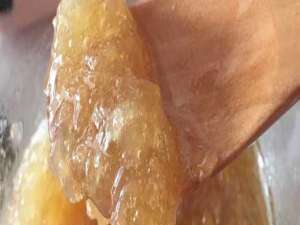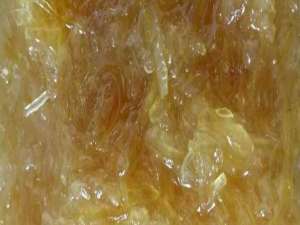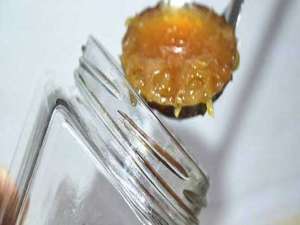春节英语介绍绘本图片
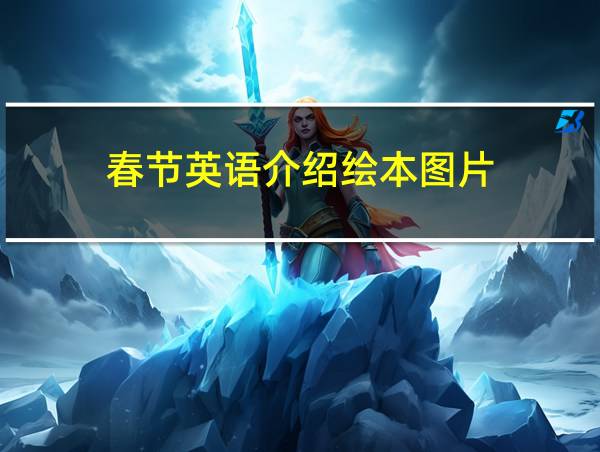
关于春节英语手抄报的资料
春节英语手抄报是展示中国文化和传统的重要媒介。以下是一些涉及春节的英语资料,供您参考:
1. The Spring Festival
The Spring Festival, also known as the Lunar New Year, is the most important traditional festival in China. It is celebrated on the first day of the lunar calendar, which usually falls between January and February. During this time, families come together to enjoy special meals, exchange gifts, and wish each other prosperity and good fortune for the coming year. The festival is marked by vibrant decorations, spectacular fireworks, and traditional performances such as dragon dances and lion dances.
2. Origins of the Spring Festival
The origins of the Spring Festival can be traced back to ancient times. Legend has it that there was a mythical beast called \"Nian\" that would come out on New Year\'s Eve and wreak havoc on the villages, eating livestock and even people. To protect themselves, the villagers discovered that the beast was afraid of the color red, loud noises, and fire. So, they started hanging red lanterns, setting off firecrackers, and lighting fireworks to scare away the Nian. This tradition continues to this day, symbolizing the triumph of good over evil and the hope for a peaceful and prosperous new year.
3. Customs of the Spring Festival
The Spring Festival is rich in customs and traditions that have been passed down through generations. Here are some notable customs:
a. Spring Couplets: Spring couplets, also known as \"Chunlian\" in Chinese, are a pair of poetic phrases written on red paper. These couplets are hung on either side of the doorway to bring good luck and blessings for the new year.
b. Setting off Firecrackers: Firecrackers, known as \"bianpao\" in Chinese, are a traditional way to celebrate the Spring Festival. The loud noise of firecrackers is believed to scare away evil spirits and bring good fortune. However, it is important to practice firecracker safety to prevent accidents.
c. Reunion Dinner: The Spring Festival is a time for families to come together and enjoy a special dinner known as the reunion dinner. This meal is often filled with symbolic dishes that represent wishes for wealth, health, and happiness. For example, fish represents abundance, dumplings symbolize wealth, and niangao (sticky rice cake) signifies higher achievements in the new year.
d. Red Envelopes: Red envelopes, or \"hongbao\" in Chinese, are small red packets filled with money and given as gifts during the Spring Festival. It is a way to share blessings and good fortune with loved ones, especially children and unmarried individuals.
e. Lantern Festival: The Lantern Festival marks the end of the Spring Festival celebrations. It takes place on the 15th day of the lunar calendar and is characterized by the display of beautiful lanterns, lantern riddles, lion dances, and other cultural performances.
By understanding and appreciating these customs, we can get a deeper insight into the significance of the Spring Festival and its role in Chinese culture.
春节的来历和习俗(英文版)
1. Origins of the Spring Festival
The Spring Festival, also known as Chinese New Year, has a long history dating back to the Yin and Shang Dynasties. It is celebrated on the first day of the lunar calendar, which marks the beginning of a new year according to the traditional Chinese calendar. The festival originated from the mythological tale of a ferocious beast called Nian, which would terrorize villagers every year. To protect themselves, the villagers discovered that Nian was afraid of loud noises, fire, and the color red. This led to the custom of lighting firecrackers, hanging red decorations, and wearing red clothing during the Spring Festival to ward off evil spirits and bring good luck for the coming year.
2. Customs of the Spring Festival
The Spring Festival is a time of joy, family reunions, and cultural traditions. Here are some of the key customs:
a. Spring Couplets and Red Decorations: People decorate their homes with red paper couplets containing auspicious phrases, such as good luck, fortune, health, and happiness. Red lanterns, scrolls, and paper cuttings are also used to create a festive atmosphere.
b. Reunion Dinner: Families gather for a lavish reunion dinner on New Year\'s Eve, which is considered the most important meal of the year. Various traditional dishes, such as fish, dumplings, spring rolls, and glutinous rice cakes, are enjoyed to symbolize abundance, prosperity, and unity.
c. Red Envelopes: Elders and married couples give red envelopes containing money to children and unmarried individuals as a symbol of good fortune and blessings. Red envelopes are also exchanged between coworkers and friends during the Spring Festival.
d. Lion and Dragon Dances: Colorful lion and dragon dances are performed to the beat of drums and cymbals. The dances symbolize driving away evil spirits and bringing good luck and prosperity.
e. Fireworks and Firecrackers: Fireworks and firecrackers are set off at midnight on New Year\'s Eve and throughout the festive period to scare away evil spirits and bring good luck for the new year. However, it is important to follow safety precautions and local regulations.
f. Temple Visits: Many people visit temples during the Spring Festival to pray for good fortune, health, and happiness. The Longhua Temple Fair in Shanghai and the Ditan Park Temple Fair in Beijing are popular destinations for festive celebrations.
These customs and traditions not only evoke a sense of cultural identity but also foster a strong sense of community and familial ties. The Spring Festival is a time for people to reflect on the past year, connect with loved ones, and look forward to a prosperous future.
简单介绍中国春节的英语短文
The Spring Festival, also known as Chinese New Year, is the most significant and widely celebrated festival in China. It is a time of great joy and festivities as families come together to celebrate the beginning of a new lunar year. This traditional holiday has a history of over 4,000 years and is deeply rooted in Chinese culture.
The Spring Festival falls on different dates each year, usually between late January and mid-February, as it follows the lunar calendar. The festival lasts for 15 days, starting from the Lunar New Year\'s Eve and ending with the Lantern Festival.
During this period, people engage in various customs and traditions to ensure good luck and blessings for the upcoming year. Red decorations are seen everywhere, symbolizing happiness, good fortune, and warding off evil spirits. People clean their homes to sweep away bad luck and make way for good fortune.
The reunion dinner on New Year\'s Eve is an important highlight of the Spring Festival. Family members from near and far gather to enjoy a sumptuous feast, exchange gifts, and share stories. The dinner signifies unity, love, and hopes for a prosperous year ahead.
Fireworks and firecrackers are integral parts of the Spring Festival. The loud noises and bright lights are believed to scare away evil spirits and bring good luck. Lantern displays, lion and dragon dances, and temple fairs add to the festive atmosphere and cultural richness.
Another traditional practice during the Spring Festival is the giving of red envelopes, known as \"hongbao.\" Elders give these red envelopes filled with money to children and younger relatives as a symbol of good luck and prosperity.
Overall, the Spring Festival is a time of renewal, rejuvenation, and hope. It represents a fresh start and the opportunity to leave behind the past and embrace a promising future. The festival not only strengthens family bonds but also reinforces the significance of Chinese culture and traditions.
关于春节的英语手抄报
Spring Festival: Celebrating Tradition and Culture
The Spring Festival, also known as Chinese New Year, is a vibrant and festive celebration that holds great cultural significance in China. This annual event is marked by numerous customs and traditions that have been passed down from generation to generation.
One of the most recognizable symbols of the Spring Festival is the iconic red color. Red lanterns, red couplets, and red envelopes are widely seen during this time. Red symbolizes good luck, happiness, and prosperity in Chinese culture.
Firecrackers and fireworks are another integral part of the Spring Festival. They are believed to drive away evil spirits and bring good fortune for the coming year. The colorful visual displays and loud sounds create an atmosphere of excitement and joy.
Family reunions and feasts are a core aspect of the Spring Festival. The reunion dinner on New Year\'s Eve is a lavish affair, where families gather to enjoy a variety of traditional dishes. The meal represents unity, gratitude, and hopes for a prosperous year ahead.
The Spring Festival is also a time for people to pay homage to their ancestors. Many families visit temples or ancestral gravesites to express their respect and offer prayers. This practice is a way of showing gratitude and seeking blessings for the entire family.
Traditional performances, such as lion dances, dragon dances, and stilt walking, are commonly seen during the Spring Festival. These vibrant displays showcase Chinese culture, artistry, and folklore.
Chinese calligraphy and paper cutting are often incorporated into the Spring Festival celebration. Scrolls with auspicious phrases and intricate paper cuttings are displayed in homes and public spaces, adding to the festive ambiance.
In recent years, Spring Festival Gala programs have become an important part of the celebration. These televised variety shows feature a mix of traditional performances, comedy skits, and music, bringing joy and entertainment to millions of viewers.
Overall, the Spring Festival is a time of joy, reflection, and renewal. It serves as a reminder of the importance of family, tradition, and cultural heritage. Through its customs and festivities, the Spring Festival showcases the richness and diversity of Chinese culture to the world.





